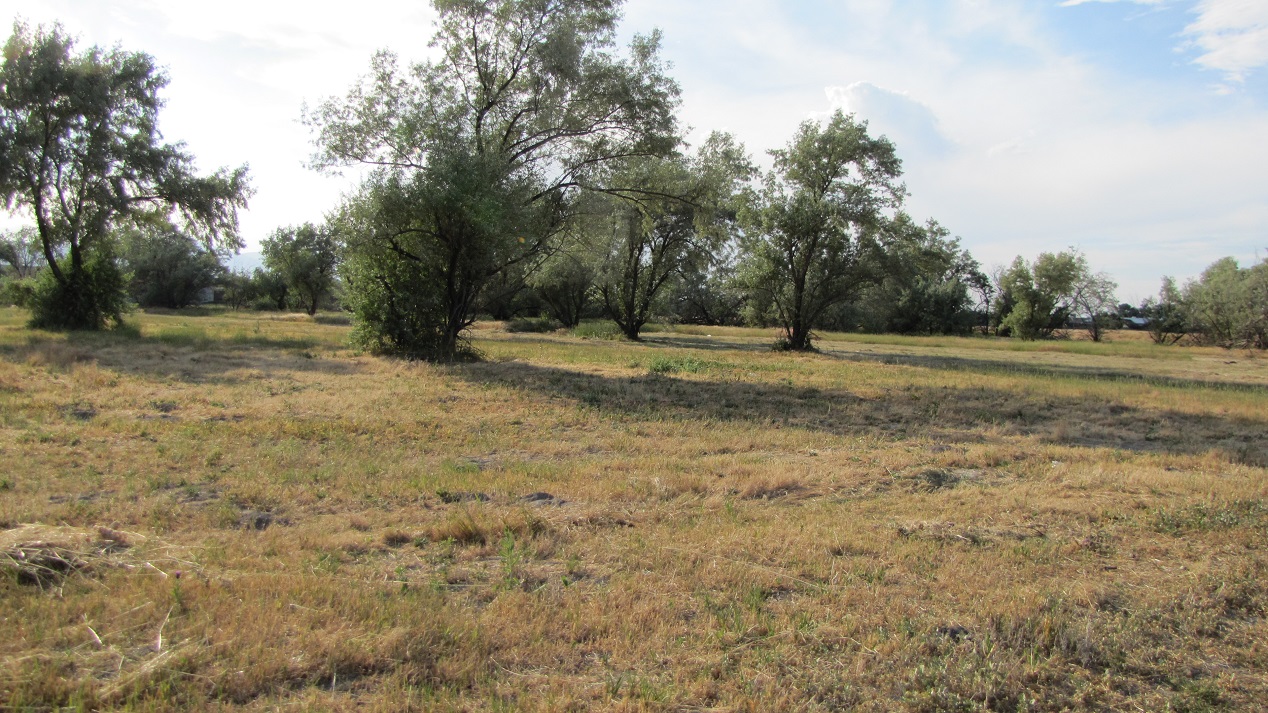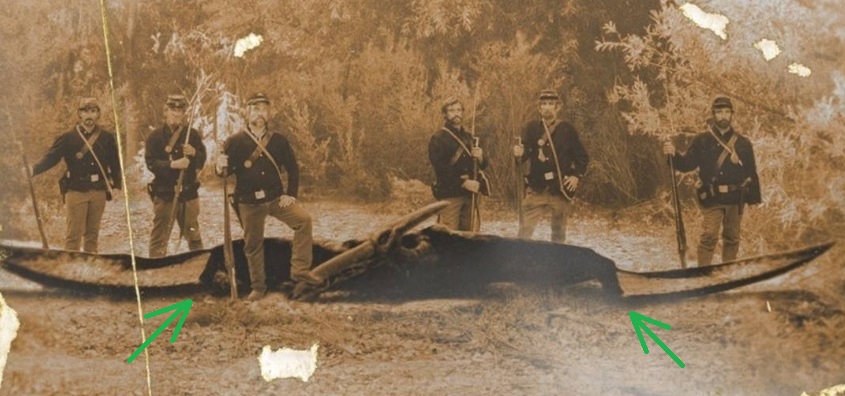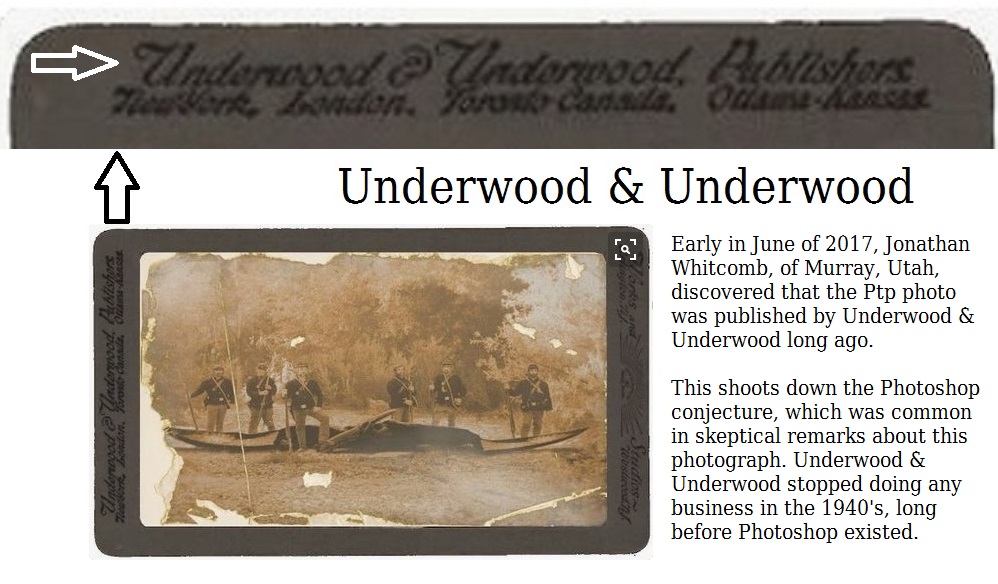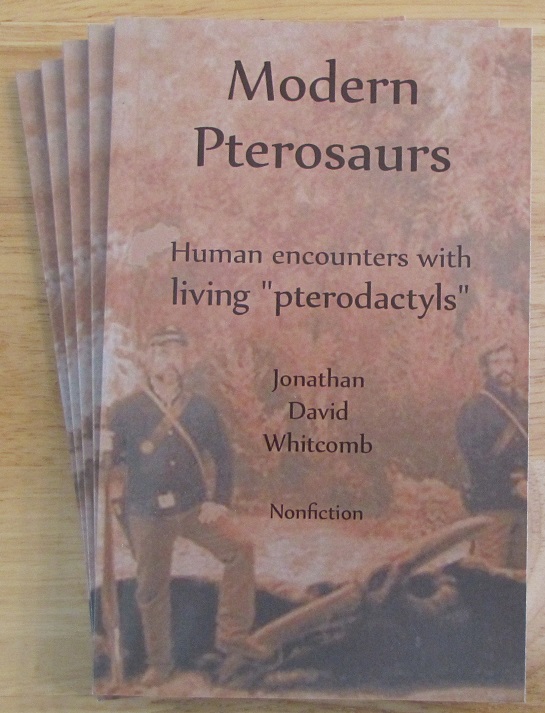A few days ago, I got an email from an eyewitness of an apparent pterosaur that was observed flying over a neighborhood near Philadelphia. It was hardly the first time that I had received an eyewitness report from Pennsylvania, over the past 14 years, yet we need to see the big picture: sightings of apparent pterosaurs not only in that state but in surrounding states.
American States Bordering on Pennsylvania
- New York
- New Jersey
- Delaware
- Maryland
- West Virginia
- Ohio
About 25 eyewitness reports, possibly more, have been sent to me, mostly in recent years, from those six U.S. states. Many more sightings come from other states in that general area of the country. In other words, encounters with apparent pterosaurs, aka “pterodactyls,” are not at all restricted to the state of Pennsylvania.
Sighting of an Apparent Living Pterosaur Near Philadelphia
Here’s most of the first email I got from Tom Dura, who allowed his real name to be revealed. I’ve taken the liberty of adding paragraphing to his email:
My name is Tom. I’m from Philadelphia but do landscaping work in the surrounding suburbs.
I do landscaping work in the area of Gladwyne about once a week. The properties there are very large with lots of space between big houses. It is mostly a vast wooded area. Last Saturday (September 9, 2017) my fellow worker and I had finished eating lunch on the front steps of the house and I went back down to the street (Country Club Lane) to put our leftovers into the car.
I saw a strange dinosaur/birdlike creature flying above. At first it was silhouetted against the sky but I clearly saw a long skinny tail that ended in an outcropping. Silhouetted as it was, I described this outcropping, at the time, as a knob or bulbous shape at the end of the tail. The tail trailed behind the creature as it flew.
It then was obscured by some trees but I continued to watch it’s projected path. It was pretty much travelling in a straight line. It re-emerged on the other side of the trees and I again saw the long tail with the “knob” on the end.
Then, at one point, it caught the light in such away that it was no longer silhouetted. The sun must have come out from some clouds. As it traveled away to my left I saw it’s dorsal side. It was a somewhat tan or golden color, and, because it was such a uniform color, it appeared not necessarily to have feathers but possibly just a covering of skin or maybe very small scales. I told Stephen, my coworker, that I thought I saw a pterodactyl. . . .
When I described the tail to Stephen, he said, “You mean something like a lion’s tail.” I realized that he described it very well with those words.
The next night I did a search on the computer for “birds that look like pterodactyls”. . . . I found four flying reptile
dinosaurs, or pterosaurs, all of which look surprisingly like what I saw. They are described as being in about the same size range, too. I would guess the wing span was about four feet but I can only guess at that since, when something is up in the sky, it’s hard to reference it to other objects.The four pterosaurs that resemble the creature I saw are the rhamphorhinchus, eudimorphodon, scaphognathus and the dimorphodon. [correct spellings are Rhamphorhynchus, Eudimorphodon, Scaphognathus, and Dimorphodon] The last of these is only speculated to have the “knob” at the end of the tail although no fossils have actually been found with it. The other three are known to have the outcropping. The outcropping, in any of these, is actually a diamond shaped flap called a “vane”.
I found that there have been many sightings of possible pterosaurs. Some people describe them as a large bat like creature (not everyone mentions a long tail . . .) The pterosaurs that I named, and the one’s that have been sighted by others, are bat like in that they don’t have feathers . . .
They are NOT bat like in that they do not flap their wings quickly but have more of a gliding motion to their flight (like my creature). I have to be honest in saying that I did not see hands or fingers but there was so much for me to observe in a fairly short amount of time that I mostly noticed the tail.
The shape of the head also escapes me now if I should have to describe it. My very first impression, the moment I spotted it, was not so much that it was a bat or bird but rather a birdlike dinosaur.
I feel so strongly about what I have seen that I sense that I should report it to somebody, somewhere. I am glad that I have been able to put this in writing while the incident is still fresh. I am happy to have this information shared with anyone. If someone has another explanation (other than that I saw a pterosaur) I will gladly listen.
If there is a large bird in the Gladwyn area with a tail like that, etc., I will consider myself informed and not argue. So far, my research doesn’t indicate that but I’m not a bird expert, etc. . . . Thanks, so much. I wish you all the best with everything you are doing.
I answered him:
Thank you, Tom, for telling me about your sighting.
To be sure that I understand which neighborhood this is, could it be Country Club Road (rather than “Lane”), which is about half a mile from the Schuyikill River? When I look on a map, that road is near Lafayette Road and Conshohocken State Road. Is that the neighborhood? [Jonathan Whitcomb]
Mr. Dura replied:
Yes. It’s Country Club Road (rather than Lane) and it’s just up the hill from Conshohocken State Road. It’s very close to the Schuylkill River. I was back there again today and kept looking up to the sky in hopes I would see the pterosaur again.
I told Stephen, my coworker, to do the same but we had no luck. I suppose this sort of thing is a once-in-a-lifetime experience and it might be expecting a bit much to hope it can be repeated. Nevertheless, I have gotten into the habit of looking at the sky any time I am anywhere near there.
I told a few trustworthy friends . . . about it. One said that if a pterosaur was flying around in that area more people would spot it. Perhaps others have spotted it and even reported it. I would like to know if you have any information like that. I also know that some creatures are possibly just very elusive by nature. Also, not everyone who spots something like that will care to tell anyone. I am glad you are collecting information and investigating. I wouldn’t have known about your work until this happened to me and I started to do research. Thanks, so much, and all the best with everything.
Sincerely, Tom Dura
I replied:
Thank you, Tom
It could be a once-in-a-lifetime experience, but not necessarily. If a ropen (modern long-tailed pterosaur) flies in the same area at the same time of day, which happens on occasion though not commonly, then a vigilant eyewitness may see it again. Keep looking up.
I have quite a few sighting reports, over many years, from Pennsylvania.
- Susquehanna County
- Bucks County (your general part of PA)
- Westmoreland County
- near Pittsburgh
- Pottstown, Montgomery County (mid-2016)
- Clearfield County
I have also received many eyewitness reports from states neighboring PA.
Please let me know if you hear about anyone else who has seen one or if you are fortunate enough to see it again.
Thank you [Jonathan Whitcomb]
For a continuation of these email communications, see:
Ropen Sighting in Pennsylvania
.
A forest trail in Pennsylvania
###
.
An investigation by the cryptozoologist and forensic videographer Jonathan David Whitcomb and the work of his associates
.
. . . We also need to keep in mind the concept that when one eyewitness reports to me a sighting (of an apparent pterosaur) in a particular area, there were quite likely other eyewitnesses who had similar sightings but never contacted me, for various reasons.
.
“Not all of my books and online publications are about eyewitness reports of apparent pterosaurs, but most of them are. . . .”
.
It certainly sounds like a book on religion, and it can strengthen faith in readers who already have some faith in God. Yet this nonfiction [Searching for Ropens and Finding God, by the LDS author Jonathan Whitcomb] is mostly about cryptozoology, in particular eyewitness accounts of featherless flying creatures that the author is sure are non-extinct pterosaurs.
.
Last month I got an email from a man who lives in Gahanna, Ohio, a suburb of Columbus. He and his teenaged son were driving near their home at 6:45 p.m. on December 19, 2016, when a large creature flew over their car . . .
.








